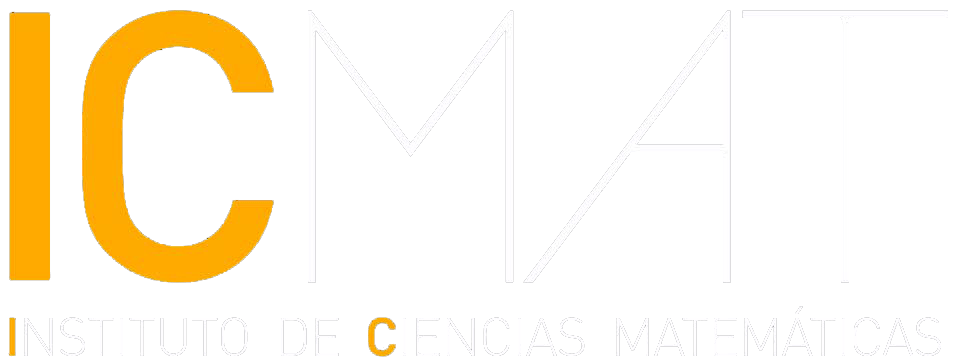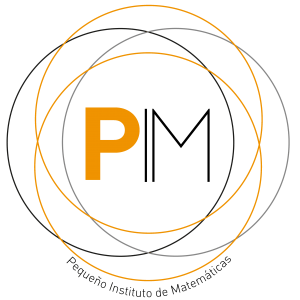Authors: Ángel González-Prieto (ICMAT-UCM)
Source: Advances in Mathematics
Date of publication: 15 July 2020
Review:
The parabolic character variety, parametrizing representations of the fundamental group of a Riemann surface onto an algebraic group G, plays a prominent role in moduli space theory, particularly in non-abelian Hodge correspondence. However, despite their importance, very few is known about the geometry and topology of these character varieties, even in the simplest cases. The paper under review deals with the computation of the virtual class of parabolic character varieties for G = SL2(C). This virtual class in the Grothendieck ring of complex algebraic varieties is a very subtle invariant with a natural geometric interpretation in terms of cut-and-paste operations. This work represents the first attempt of computing the virtual class of the character variety, instead of the E-polynomial as treated in the literature, and deals with the parabolic case in its greatest generality.
For conducting this analysis, the paper under review proposes to use a Topological Quantum Field Theory (TQFT), an algebraic tool of geometry nature imported from theoretical physics. Roughly speaking, the idea is to chop the punctured surface into simple pieces, in such a way that each piece contains only one relevant part of the data: it is either a hole of the surface (a twice drilled torus), a tube with a puncture, the initial cap of the surface or its ending cap. The TQFT allows us to isolate the information of each simple piece and gives us a rule for combining them to assemble more complicated geometries.
Beyond the calculation itself, the paper under review also shows a very remarkable emerging phenomenon of interference between the parabolic punctures. When a puncture is added to the surface through the TQFT, its algebraic information regarding the virtual class of the character variety interacts with the information of all the previously added punctures. As a result of this interaction, the data of two punctures may mutually annihilate, create new elements or perturb the existing ones. The type of interaction that takes places in each situation strongly depends on the arithmetic of the eigenvalues of the conjugacy class attached to the punctured. At the geometric side, these interferences are the algebraic counterpart of the singularities arising in the character variety for non-generic parabolic data, which lead to drastic geometric changes.


